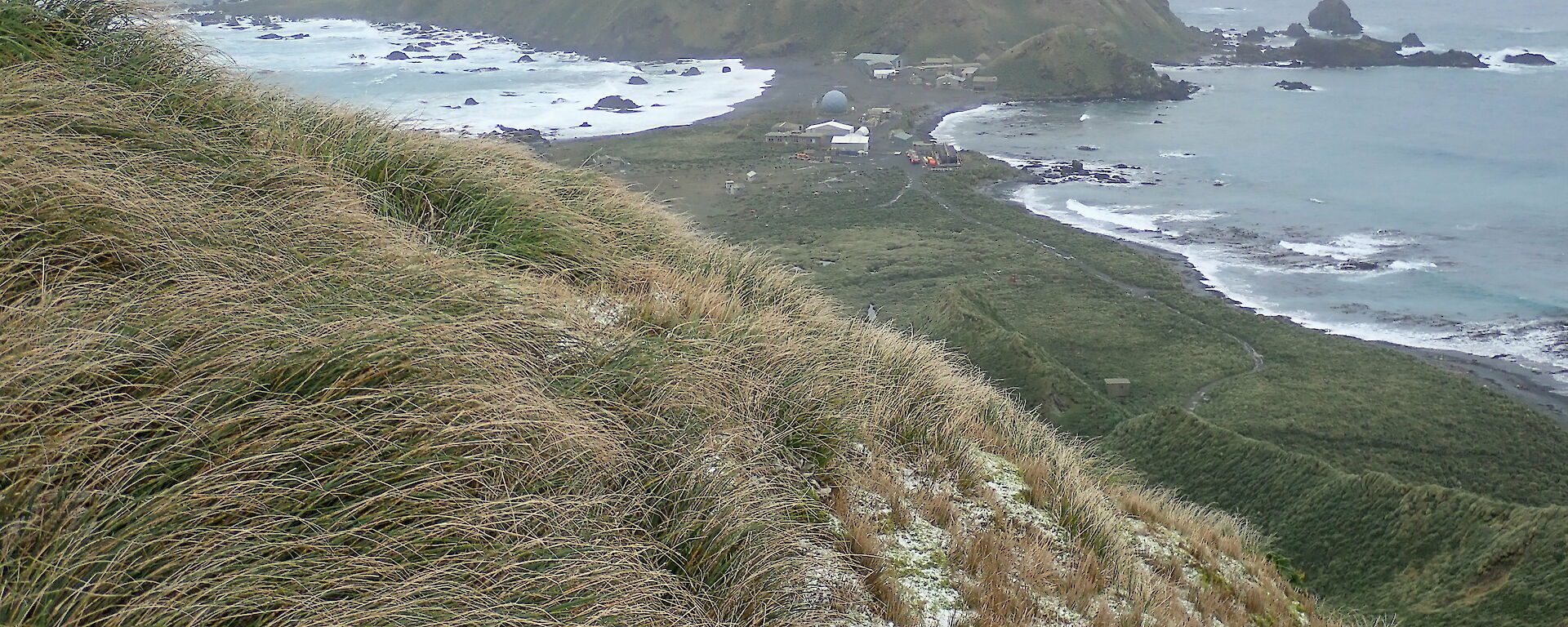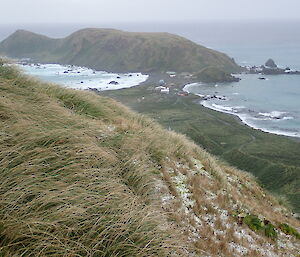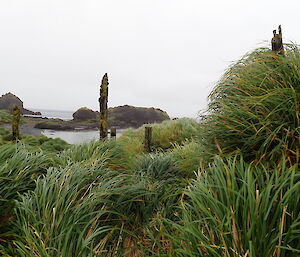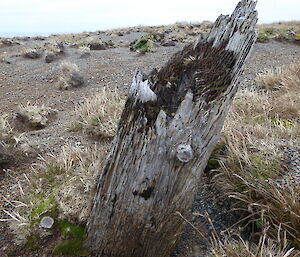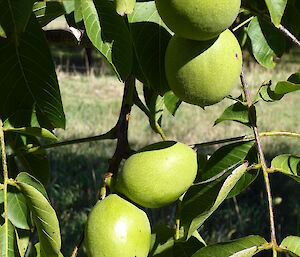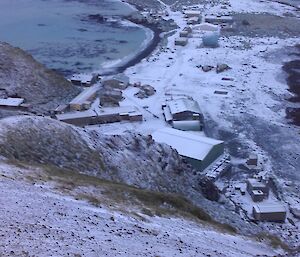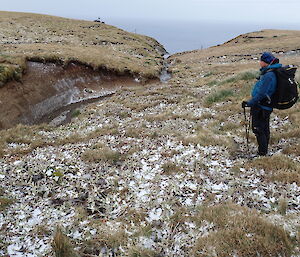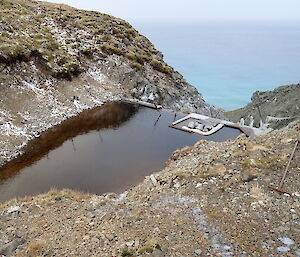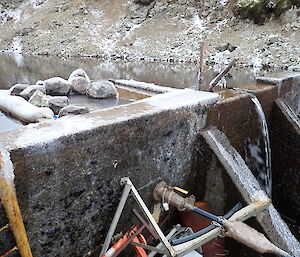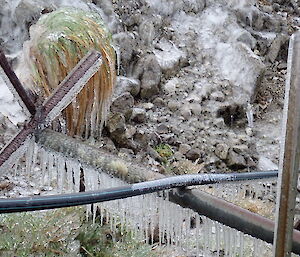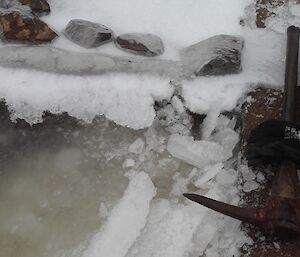I love walnuts. We have walnut trees at home in South Australia. They provide us with enough wonderful fresh nuts to last until the next season. Walnuts have always been thought of as ‘brain food’ and similar to other tree nuts, are packed with a wide range of vitamins, minerals and phytochemicals beneficial to good health. Who wouldn’t want to avail themselves of such a treat? So where are the walnut trees on Macquarie Island, I asked myself?
Before ANARE (Australian National Antarctic Research Expeditions), in fact in the 1800’s, attempts were made to grow trees on Macquarie Island for firewood, lumber and shelter. Plantings were undertaken again during the AAE (Australasian Antarctic Expedition) and early ANARE years. In the 1950’s concerted efforts were made with new plantings each year. Several different species of trees were planted around different locations in the vicinity of the ANARE station situated on the isthmus. Some trees were planted in Gadget’s Gully, where the there is some shelter from the frequent westerly winds. Wireless Hill was also planted, with trees in a number of locations to enhance the chances of success.
However, in the days before the success of Macquarie Island Pest Eradication Project, the trees had to contend with hungry animals such as rabbits and sheep. Sheep were used in early ANARE expeditions as a source of meat for the kitchen, before the days of reliable fridges and freezers. Mainly because of the sheep, it was found that tree guards were necessary. Regular maintenance was also required as the sheep would tend to find their way past the guards.
Walnut trees are deciduous and can tolerate average winter temperatures of −10o C. They actually need a period of cold (temperatures less than 7o C) to stimulate new bud formation and set fruit. Macca sounds perfect. Somewhere on the island there would be the right microclimate to protect them from the constant westerly winds and there’s definitely no shortage of moisture. So, where are the trees now, 60 years on?
All the early experiments in tree planting failed. Some trees survived the winter and were still viable the following year when a next ANARE team took over their care. But it was found that they just didn’t grow. Around the same time, kitchen gardens were cultivated at the station. Seeds planted and seedlings germinated. Again rabbits, rats and mice took their ration of greens, usually leaving nothing for ANARE expos. Thinking caps on and greenhouses were built to protect the plants from the climate and hungry vermin. Seeds planted, seedlings appeared and after all the effort over many years, still no success. The plants and trees just wouldn’t grow.
Studies in plant biology have resulted in better understanding of the limitations of forestry and horticulture on Macca. The average temperature at Macca is about 6o C. There is not much variation between summer and winter. This means the soil temperature is about that too. With such cold soil the plants roots don’t grow and so they don’t thrive. The plants don’t have the stored energy to survive in the long term.
Macquarie Island ecosystem was protected by its climate from our efforts at improving the countryside. Thankfully there are no introduced woody plants on the island today. That’s a good thing.
So what’s that tree stump looking thing on Wireless Hill above Aerial Cove?
Best guess is that it was an anchor post for the sealer’s flying fox erected around 1910, originally to assist in transporting blubber from North Head to the sealer’s digesters. It was also used by Sir Douglas Mawson’s 1911 Australian Antarctic Expedition to haul up the components for the first wireless station on the island. Now it’s a signpost to the past.
Norbert Trupp, Senior Communications Technical Officer.

